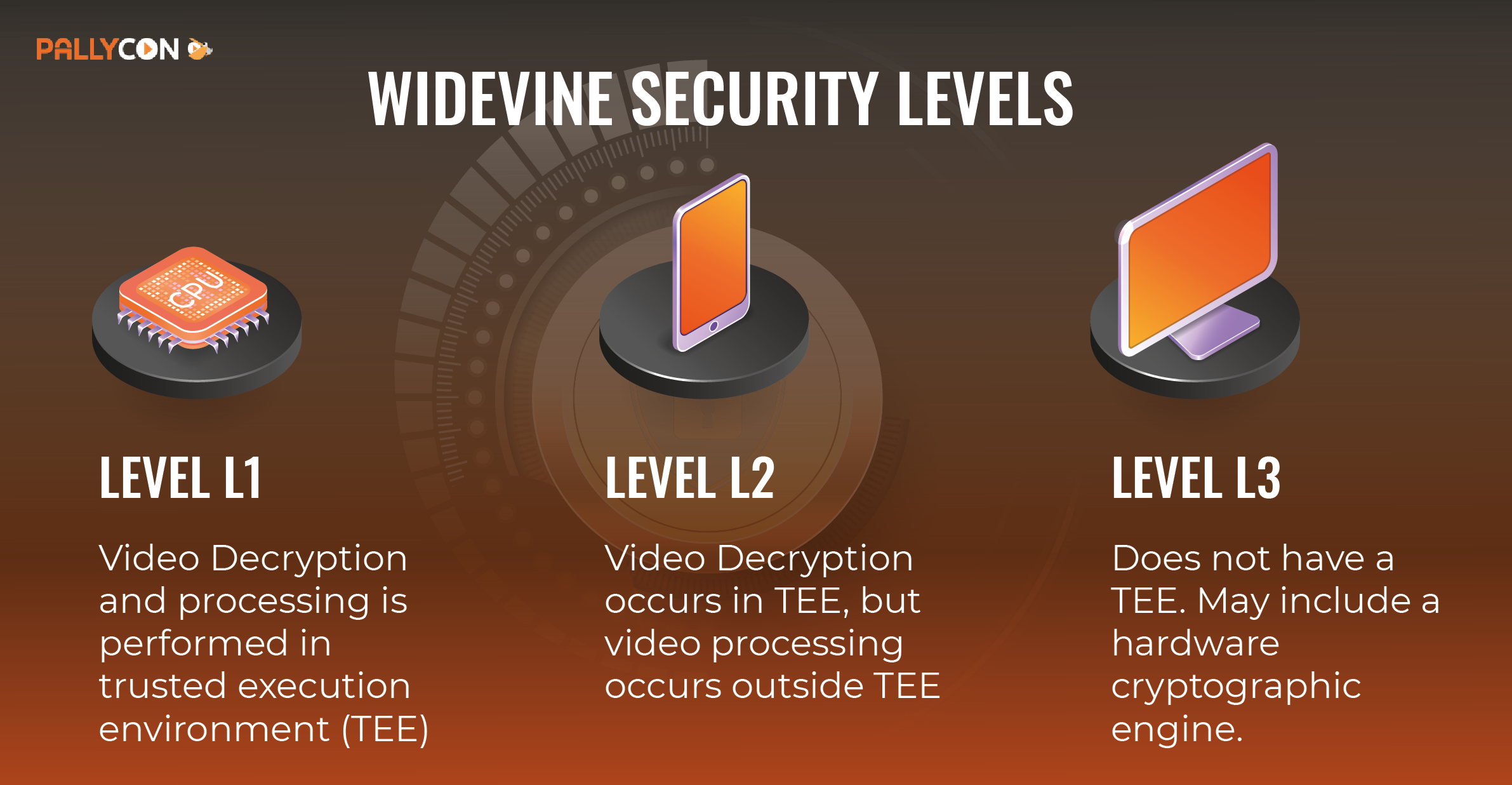APT37 Weaponizes JPEGs: MSPaint Used in Sophisticated Windows Attacks

APT37 Weaponizes JPEGs: MSPaint Used in Sophisticated Windows Attacks
In a concerning development, the North Korean-linked hacking group APT37 is now using JPEG image files to launch cyberattacks against Windows users. This sophisticated technique leverages the built-in MSPaint application to deliver malware, bypassing traditional security measures.

APT37 hackers deploy new FadeStealer eavesdropping malware
The JPEG Attack Vector
The core of this attack lies in embedding malicious code within seemingly harmless JPEG image files. When a user opens the infected JPEG with MSPaint (mspaint.exe), the embedded code is executed, leading to system compromise. This method is particularly insidious because users often trust image files, making them less likely to suspect a threat.
This technique is a form of steganography, where malicious code is hidden within an innocuous file. In this case, the image file acts as a carrier for the malware, allowing it to bypass initial security scans that might flag executable files.
How MSPaint is Exploited
MSPaint, a default Windows application, is being hijacked to execute the malicious code. While the exact technical details of the exploit are still emerging, the general principle involves leveraging vulnerabilities in how MSPaint processes JPEG files. The embedded malware likely exploits a parsing flaw or buffer overflow to gain control of the application and, subsequently, the system.
The choice of MSPaint is strategic. As a standard Windows component, it's present on virtually every Windows machine, ensuring a wide attack surface. Additionally, because it's a trusted application, its activity is less likely to raise suspicion.
Impact and Implications
The weaponization of JPEG files represents a significant evolution in cyberattack tactics. It demonstrates the increasing sophistication of APT groups and their ability to adapt and innovate in the face of evolving security measures. This attack has several key implications:
- Bypassing Traditional Security: Traditional antivirus and intrusion detection systems may not be effective against this type of attack, as they often focus on executable files and known malware signatures.
- Increased User Risk: Users are more likely to open image files without suspicion, making them vulnerable to infection.
- Fileless Attack: Because the malware is embedded within a file, rather than existing as a separate executable, it's harder to detect and remove.
Mitigation Strategies
While a detailed technical analysis and specific patches are awaited, here are some general recommendations to mitigate the risk:
- Keep Systems Updated: Ensure that your Windows operating system and all applications, including MSPaint, are up to date with the latest security patches.
- Exercise Caution with Image Files: Be wary of opening image files from untrusted sources.
- Implement Advanced Threat Detection: Deploy advanced threat detection solutions that can identify suspicious behavior, even within trusted applications.
- User Education: Educate users about the risks of opening files from unknown sources and the importance of reporting suspicious activity.
Key Takeaways
The APT37's use of weaponized JPEGs and MSPaint highlights the ever-evolving threat landscape. It underscores the need for a multi-layered security approach that combines proactive threat detection, user education, and timely patching. As threat actors continue to innovate, organizations must remain vigilant and adapt their security strategies accordingly.





